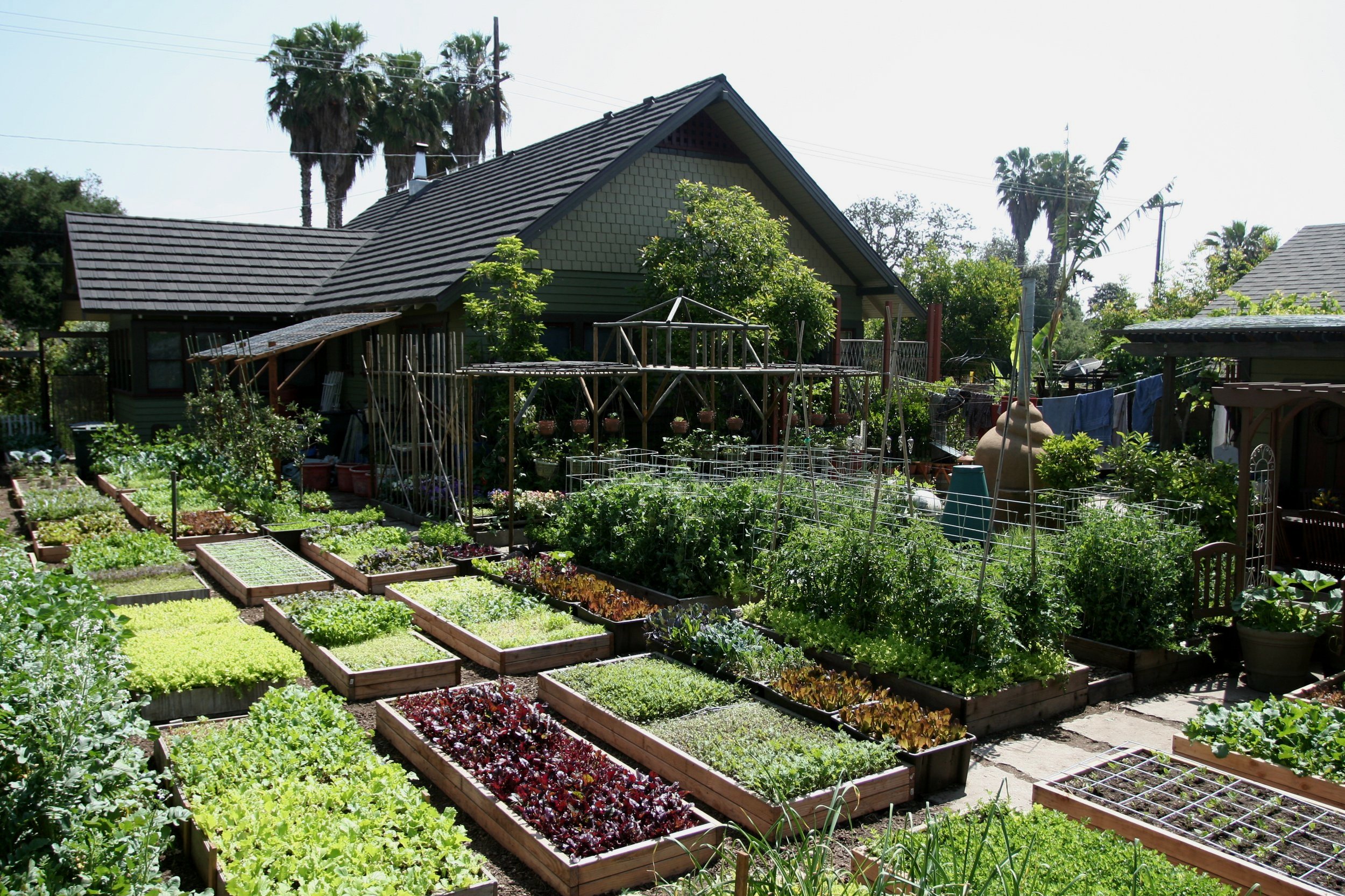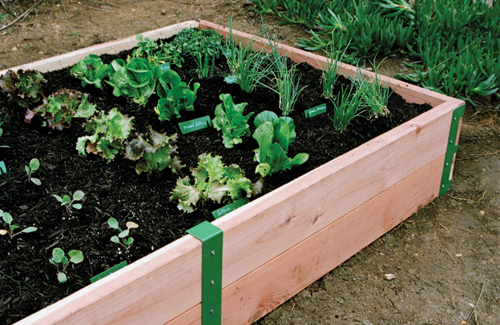Discover Crucial Tips for Successful Gardening Techniques and Practices
Gardening, usually seen as an easy leisure activity, incorporates a range of techniques and methods that can significantly influence the outcome of your efforts. By focusing on crucial elements such as soil health and wellness, efficient sprinkling approaches, and appropriate plant selection, garden enthusiasts can develop a flourishing environment that sustains vivid development. Moreover, understanding the nuances of pest management and seasonal maintenance can additionally improve performance. Numerous enthusiasts ignore essential information that can make or break their horticulture success-- discovering these ignored elements may disclose the secret to cultivating a prospering yard.
Understanding Dirt Health
Dirt health and wellness is a fundamental facet of successful horticulture, as it directly influences plant development, vitamins and mineral availability, and ecological community balance. Healthy dirt is characterized by an abundant biodiversity of microbes, raw material, and a well balanced pH level, which with each other develop an environment for plant growth.
To comprehend dirt wellness, one should consider its physical, chemical, and organic buildings. The texture and structure of dirt influence its ability to keep dampness and nutrients, while the chemical make-up identifies the accessibility of crucial elements like potassium, phosphorus, and nitrogen. Regular soil testing is important to analyze these variables, allowing gardeners to make informed decisions relating to plant foods and modifications.
In addition, advertising organic task within the dirt is essential for keeping its health. Practices such as composting, plant turning, and using cover plants can boost microbial variety, boost nutrient biking, and lower dirt disintegration. By focusing on dirt wellness, garden enthusiasts not just maximize plant development however likewise contribute to a sustainable community, guaranteeing that their gardening methods are ecologically responsible and resilient over time.
Effective Sprinkling Strategies
Making sure that plants get the suitable amount of water is vital for their wellness and development, especially when coupled with a strong structure of soil health (Homestead Gardening). Reliable sprinkling techniques can significantly influence plant vigor, decreasing water wastage and advertising optimum growth
One fundamental approach is deep watering, which urges origins to expand deeper into the dirt, boosting dry spell resistance. This technique normally entails watering much less frequently but in bigger quantities, allowing dampness to permeate the origin area extensively. Timing is also essential; morning is the excellent time to water, as it reduces evaporation and permits vegetation to completely dry throughout the day, decreasing disease dangers.
Additionally, utilizing compost can aid keep dirt dampness and regulate temperature, additional assisting efficient watering methods. Making use of a drip irrigation system can also supply targeted dampness straight to the roots, making certain that water reaches where it's most needed while conserving resources.
Monitoring rainfall and soil moisture levels can assist changes in your watering timetable, ensuring plants receive constant hydration without over-saturation. By embracing these efficient sprinkling strategies, garden enthusiasts can cultivate a growing environment for their plants to flourish.
Plant Selection and Placement
How can the best plant choice and tactical placement transform a garden into a flourishing community? The synergy between plant varieties and their positioning is crucial for creating a vibrant garden. When picking plants, take into consideration variables such as environment, dirt kind, and sunlight exposure. Native varieties are usually the ideal selection as they are adjusted to regional conditions and require much less upkeep.
Strategic placement involves preparing plants according to their development practices and requirements. Taller plants should be see this site placed at the rear of borders to stop shielding shorter plants. In addition, organizing plants with similar water and light demands can enhance their development and decrease competition for resources.
Integrating a diversity of plants not just adds aesthetic appeal but likewise promotes biodiversity, bring in advantageous pests and pollinators. Think about the seasonal changes in your yard; select a mix of annuals, evergreens, and perennials to guarantee year-round passion.
Lastly, bear in mind to assess the fully grown dimension of plants before growing to stay clear of overcrowding and make certain sufficient air blood circulation. Thoughtful plant selection and calculated positioning create an unified setting, allowing your garden to thrive while minimizing challenges.
Insect and Condition Management
Efficient bug and condition management is necessary for keeping a healthy garden ecological community - Homestead Gardening. A proactive method, integrating social, organic, and chemical strategies, can substantially lower the impact of pests and illness on your plants

Biological controls, such as presenting beneficial insects like ladybugs or predative termites, can maintain parasite populations in check without hurting the setting. In addition, keeping plant health with correct watering, fertilizing, and trimming will bolster their durability against illness.
When treatment is necessary, opt for targeted chemical treatments, ensuring to follow application standards to lessen damage to non-target microorganisms. Constantly focus on lasting practices, as they promote long-term garden wellness and ecological balance. By integrating these strategies, garden enthusiasts can properly take care of illness and bugs, making sure growing plants and an effective yard.

Seasonal Upkeep Practices
In spring, focus on dirt preparation by screening pH levels and including required modifications. On a regular basis examine arising plants for insects and conditions.
As summer techniques, ensure appropriate watering while keeping an eye on for signs of anxiety or condition. Prune back thick plants to urge air circulation and minimize moisture around foliage. This method not just enhances plant health and wellness yet also promotes blooming and fruiting.
With the arrival of fall, it's time to prepare for winter months. Tidy up fallen leaves and debris to stop pest invasions, and take into consideration growing cover crops to enrich soil health and wellness. This period is also suitable for separating perennials and growing spring-flowering bulbs.
Conclusion
Successful gardening depend upon the assimilation of sound practices in dirt wellness, watering, plant option, parasite management, and seasonal maintenance. By prioritizing soil testing and microbial diversity, utilizing efficient sprinkling methods, and picking ideal plants, garden enthusiasts can create thriving environments. In addition, aggressive parasite monitoring and diligent seasonal upkeep add significantly to overall garden vigor. Welcoming these strategies cultivates a efficient and sustainable gardening environment, guaranteeing thriving growth and resilience throughout the transforming periods.
By prioritizing important elements such Get the facts as dirt health and wellness, efficient watering strategies, and appropriate plant option, garden enthusiasts can create a thriving ecosystem that sustains dynamic growth. By more info here prioritizing dirt health and wellness, garden enthusiasts not just enhance plant growth yet likewise contribute to a lasting ecological community, making sure that their horticulture techniques are ecologically accountable and resilient over time.
Taller plants must be positioned at the back of boundaries to stop shielding much shorter plants. Clean up dropped leaves and debris to prevent parasite problems, and think about growing cover crops to improve soil wellness.Successful gardening joints on the integration of sound practices in dirt health, watering, plant selection, bug administration, and seasonal upkeep.